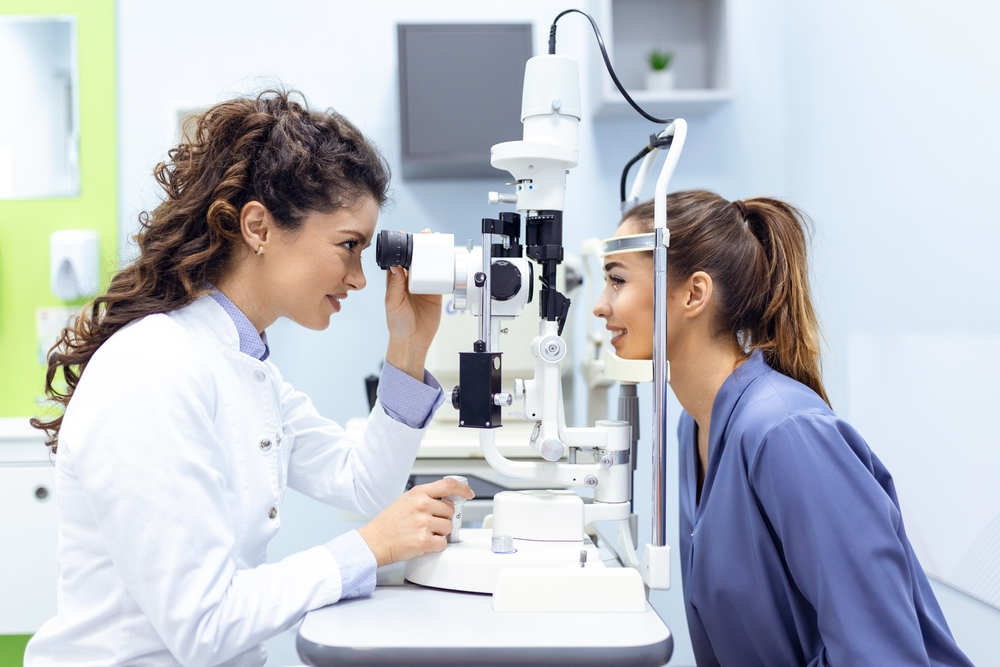All Categories
Featured
Prolonged exposure to ultraviolet (UV) rays can lead to numerous eye conditions, some of which might result in irreversible damages or vision loss. Whether you're outdoors on a warm beach or taking a stroll on an overcast day, comprehending just how UV rays influence your eyes and learning how to protect them is crucial for preserving healthy vision.
What Are UV Rays and Exactly How Do They Effect the Eyes? UV rays are a form of invisible radiation discharged by the sunlight. There are three kinds of UV rays:
UVA Rays: These penetrate deeply into the skin and eyes, adding to lasting damages. UVB Rays: These are more intense and can cause surface-level injury, such as sunburn or corneal damage. UVC Rays: These are one of the most damaging however are soaked up by the Earth's ambience and rarely pose a direct risk. Both UVA and UVB rays can harm various parts of the eye, including the cornea, lens, and retina.
Short-Term Results of UV Direct Exposure. Also a brief duration of extreme UV direct exposure can harm your eyes. An usual problem resulting from this is photokeratitis, frequently referred to as "sunburn of the eye." Symptoms consist of:
Excruciating or red eyes. Sensitivity to light. Extreme tearing. Short-lived fuzzy vision. Photokeratitis is typically short-lived but works as a reminder of the instant risks of UV radiation.
Long-Term Results of UV Exposure. Cumulative UV direct exposure gradually can result in several severe eye conditions, consisting of:

Cataracts: UV rays speed up the development of cataracts, a problem where the lens of the eye comes to be over cast, bring about vision impairment. Cataracts are a leading cause of blindness worldwide.
Macular Deterioration: The macula, a part of the retina responsible for main vision, can be damaged by long term UV exposure, increasing the threat of age-related macular degeneration (AMD)
Pterygium: Frequently called "internet user's eye," this condition entails a growth of tissue on the white part of the eye, which can prolong over the cornea and impair vision.
Pinguecula: UV exposure can trigger yellowish places to base on the conjunctiva, resulting in irritation and pain.
Skin Cancer Cells Around the Eyes: The delicate skin bordering the eyes is very at risk to UV radiation, increasing the danger of basal and squamous cell carcinoma.
Securing Your Eyes from UV Damages. The excellent news is that shielding your eyes from UV radiation is simple and reliable. Here are some crucial suggestions:
Wear UV-Blocking Sunglasses. Choose sunglasses that obstruct 100% of UVA and UVB rays. Try to find labels showing "UV 400" protection. Wrap-around designs provide added coverage, protecting against UV rays from getting in from the sides.
Use a Wide-Brimmed Hat. A hat with a broad border can obstruct nearly 50% of UV rays, offering added defense for your eyes and the fragile skin around them.
Avoid Peak Sunlight Hours. UV rays are best between 10 a.m. and 4 p.m. Lessen your outdoor exposure throughout these hours, or guarantee you're adequately secured if you need to be outdoors.
Shield Your Eyes Year-Round. UV rays are existing year-round, even on cloudy or snowy days. Snow, sand, and water can mirror UV rays, heightening their impacts. Make sunglasses a part of your everyday routine, no matter of the season.
Think About UV-Blocking Get In Touch With Lenses. Many get in touch with lenses now provide UV security, which can be an additional safeguard when matched with sunglasses.
Motivate Eye Security for Kids. Kid's eyes are much more at risk to UV damage because their lenses are more clear, enabling more UV light to reach the retina. Ensure they use sunglasses and hats when playing outdoors.
Arrange Regular Eye Examinations. Routine brows through to an eye care professional are important for checking your eye health and wellness. An optometrist can discover very early signs of UV-related damages and advise solutions, such as prescription sunglasses or UV-blocking glasses customized to your needs.
Verdict. UV rays may be unnoticeable, however their influence on your eye health and wellness is really actual. From momentary discomfort to long-term problems like cataracts and macular degeneration, the risks of UV direct exposure are too substantial to ignore. By putting on UV-blocking sunglasses, limiting your exposure throughout height hours, and organizing routine eye tests, you can safeguard your vision and delight in the outdoors safely. Remember, your eyes are among your most important assets-- take the required actions to secure them from dangerous UV rays today.
Latest Posts
Experience the Best in Fence Design and Installation with Washington Fence
Transform Your Home with Soft, Fashionable Rugs - Floor Covering Orland Park
Host Your Remarkable Wedding Celebration at Canyon Crest
More
Latest Posts
Experience the Best in Fence Design and Installation with Washington Fence
Transform Your Home with Soft, Fashionable Rugs - Floor Covering Orland Park
Host Your Remarkable Wedding Celebration at Canyon Crest